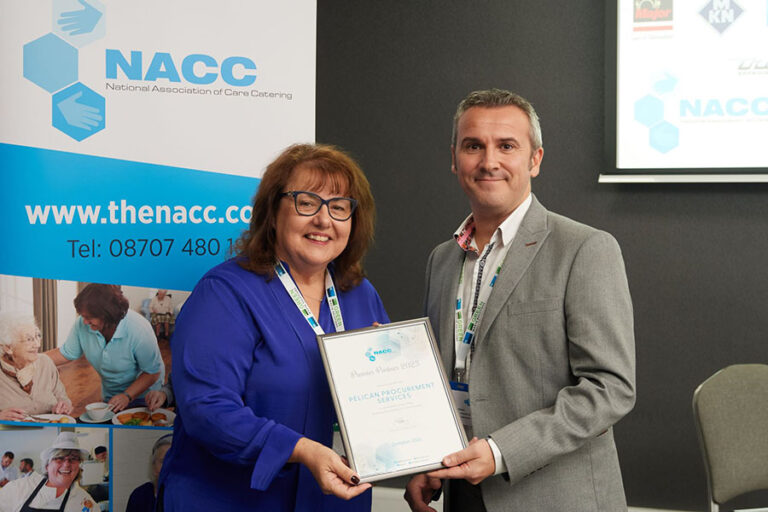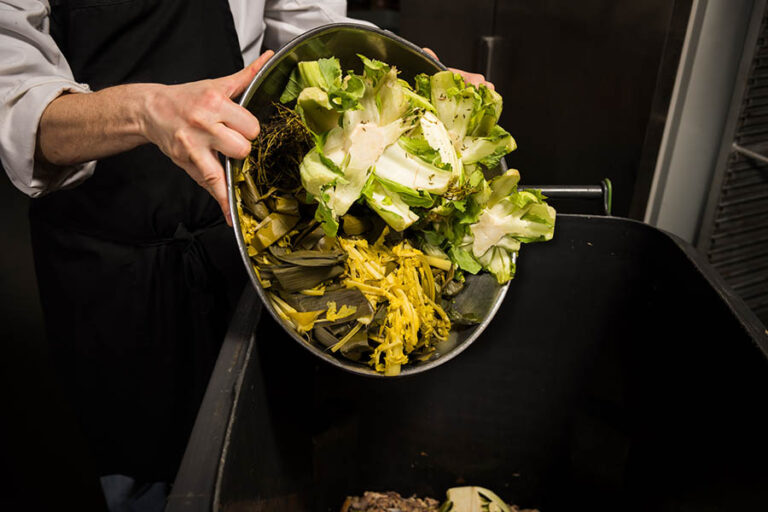In a world of compliance, rules and regulations and severely limited time, we often look for quick and easier ways to help us achieve our goals. I often see this when it comes to procurement departments within larger public institutions, including universities. Despite limited staff and a lack of resources, purchasing departments are regularly tasked to achieve best value for goods and services from building contracts to IT equipment, furniture, copier paper and consumables. It can be both challenging and time-consuming to maximise best value across every single category.
> Collaborative purchasing and consortia
Over the last 20 years, there has been a big drive towards collaborative purchasing as a way to reducing purchasing costs through increased buying power. As organisations have searched for ways to collaborate, consortia organisations have sprung up to meet demand. Typically, consortia organisations tend to provide framework agreements to help universities obtain best value. However, this might not be the most effective solution for all purchases, especially when it comes to high volume and low value items like stationery, cleaning materials and, in particular, catering products, where food prices tend to fluctuate depending on availability.

> How framework agreement works?
Consortia organisations award contracts to multiple suppliers for the provision of an unspecified quantity of goods at a price which is supposed to be extremely competitive because of their members’ collective buying power. It is then left to each university member to select their supplier(s) from the awarded supplier list which can be fairly large. In many cases, universities end up remaining with their existing supplier and, as many organisations find out, they may be offered more competitive prices direct from the very same suppliers as those listed in the consortia framework arrangement.
The terms and conditions of the framework agreement set by the consortia are unlikely to meet the specific individual needs of each university member. They are therefore at the mercy of the supplier if they need to make changes or adjustments further down the line.
To give you a good example, let’s look at catering products, which number well over 100,000 different items in the marketplace. It is likely that a framework agreement will cover only about 1,500 items in total, which probably represent less than 50% of the products that an individual university regularly buys. This would mean that the catering staff would have to rely on the supplier’s goodwill to price additional items competitively which puts them in a financially weak position.
Another important point to consider is that when price reviews take place (typically every one to three months for fresh produce and six monthly for other products), any price increases are likely to be agreed with the consortia organisation with university members having very little say in that negotiation.
If we look at it from the supplier view, I know many suppliers who have won framework contracts but have ended up doing only a fraction of the business they expected. Subsequently, they now don’t put their best price forward. What this means is that frameworks are being used by suppliers as a licence to trade, rather than a contract to be won. Suppliers may end up trying to start negotiations directly with each university and, in doing so, the bargaining power moves to the supplier as they are able to assess the desire of the customer before submitting their price. This price is often better than the framework agreement price but not the best in the marketplace!

> Framework Agreements or Tailored Solution?
When it comes to high-volume, low-value products, frameworks agreements work well for small institutions like primary schools. However, universities are big business for suppliers, so their procurement departments are able to attract very competitive rates and generate significant savings when compared with frameworks. This is simply because the university has the power to decide who wins the supply for their institution, and the university’s own tender document will reflect 100% of what is purchased.
Procurement departments should now look at establishing their own bespoke tendered contracts with suppliers, especially for spends above £250K p.a. Our surveys show that 10% savings over frameworks can be achieved, especially in the low-value, high-volume contracts. This saving should help pay for a few extra staff.








